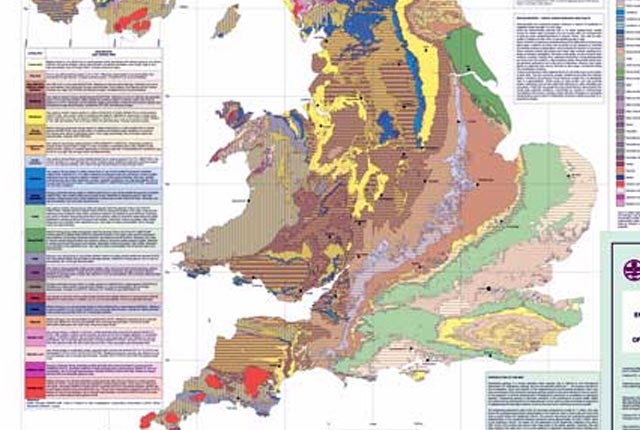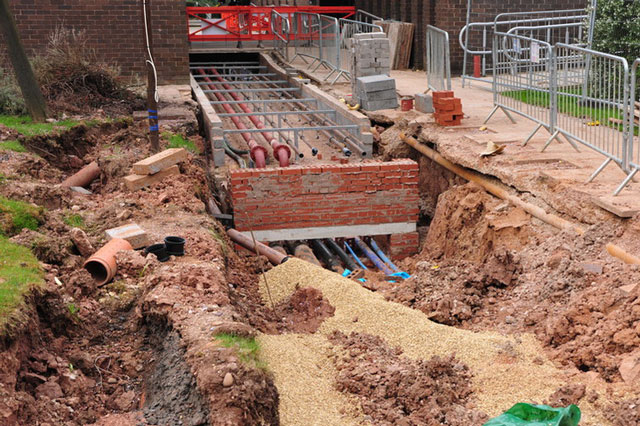The Lias Group consists mainly of clays, mudstones and limestones of Late Triassic and Early Jurassic age, deposited between 180 and 205 million years ago. The outcrop of the Lias extends in a continuous band from the south coast of Dorset to Yorkshire, with some outlying areas in Somerset and South Wales and significant outcrops in the high sea-cliffs on the coasts of Dorset, South Wales, and Yorkshire.
The Lias Group encompasses some of the most important geological formations in Britain. The Lias has been involved in a number of major engineering projects, explored for industrial use and investigated in scientific research over the last two centuries.
Geological hazards and geotechnical problems
Lias Group clays contain the clay mineral smectite, hence they are prone to swelling and shrinking. The smectite content is variable and, whilst the Lias overall has a ‘medium’ volume change potential rating, some formations contain smectite-rich layers that have a ‘high’ rating.
The Lias Group rocks are recorded as having the highest incidence of landsliding in the UK. The Whitby Mudstone Formation may have as many as 42 landslides per 100 km² of outcrop.
Much of the Lias has high sulphate content and is responsible for high levels of thaumasite concrete attack.
Report download
The Engineering Geology of British Rocks and Soils: Lias Group (11 MB PDF) provides an in-depth study of the Lias Group using data held in the National Geotechnical Database.
The geological, lithological, geotechnical and mineralogical features of the major formations within the Lias Group have been described in detail, including the processes and effects of weathering.
Relative topics
You may also be interested in

Engineering geology maps
BGS has produced 1:1 million-scale engineering geological maps of the UK, attributed with ‘engineering geological units’ in place of the traditional lithostratigraphical units.

Engineering geological studies of bedrock formations
Mapping the engineering geological characteristics, mineralogy, industrial applications, geological hazard potential, physical properties and behaviour of geological formations.

